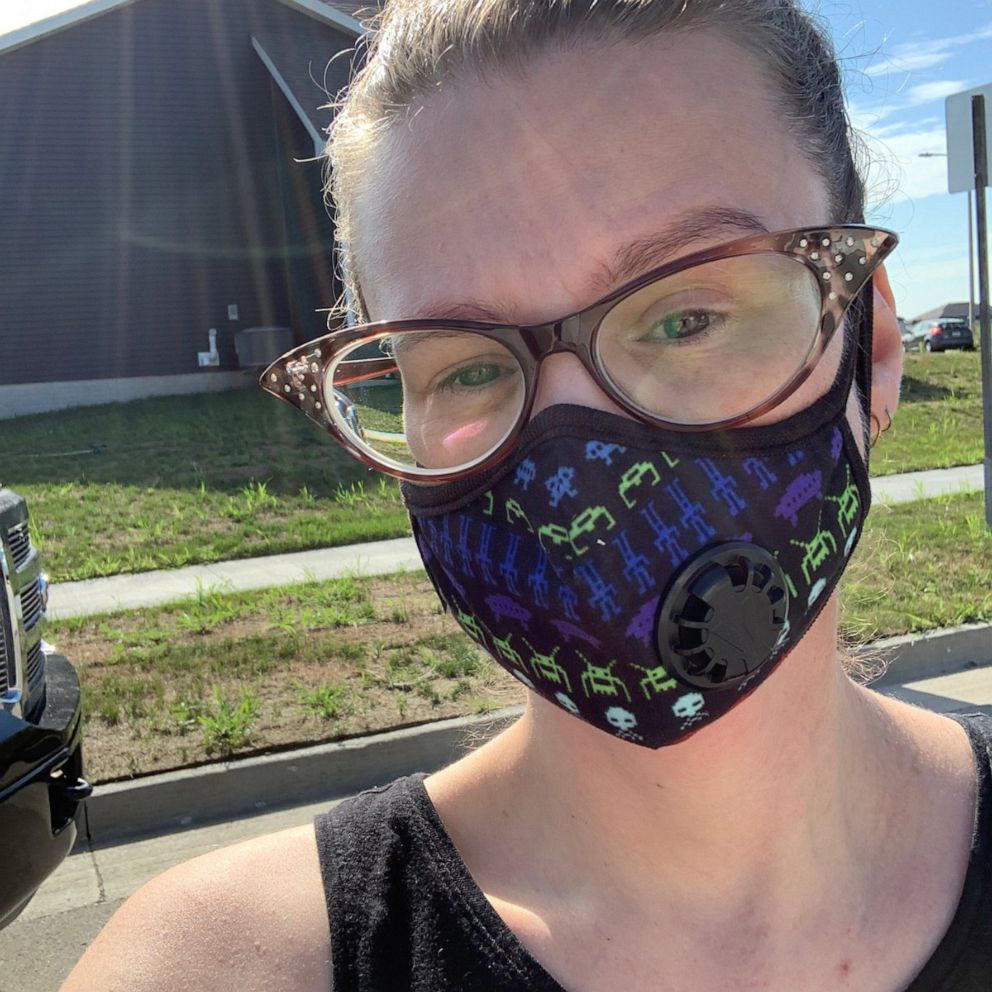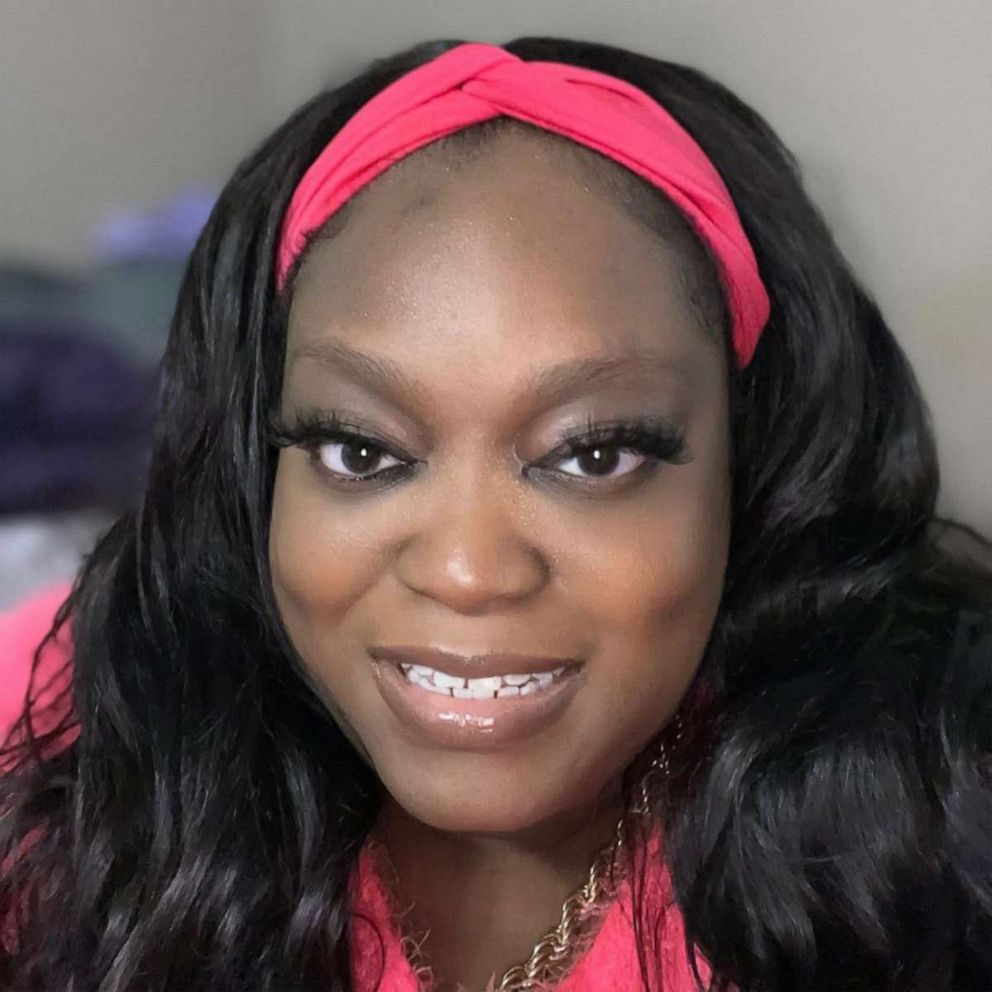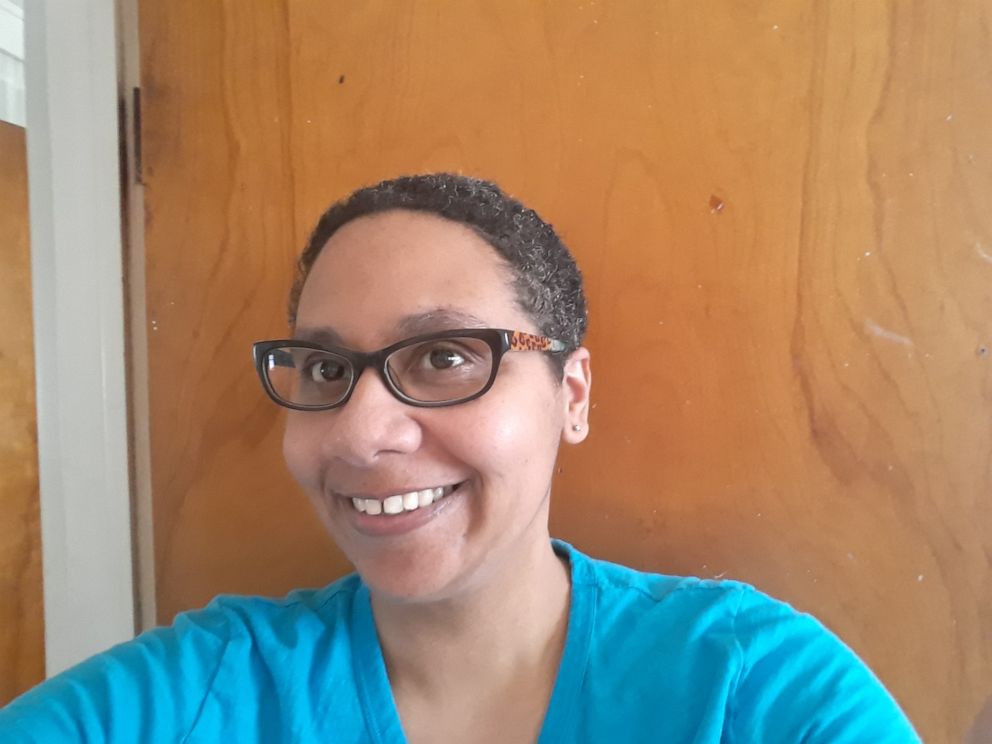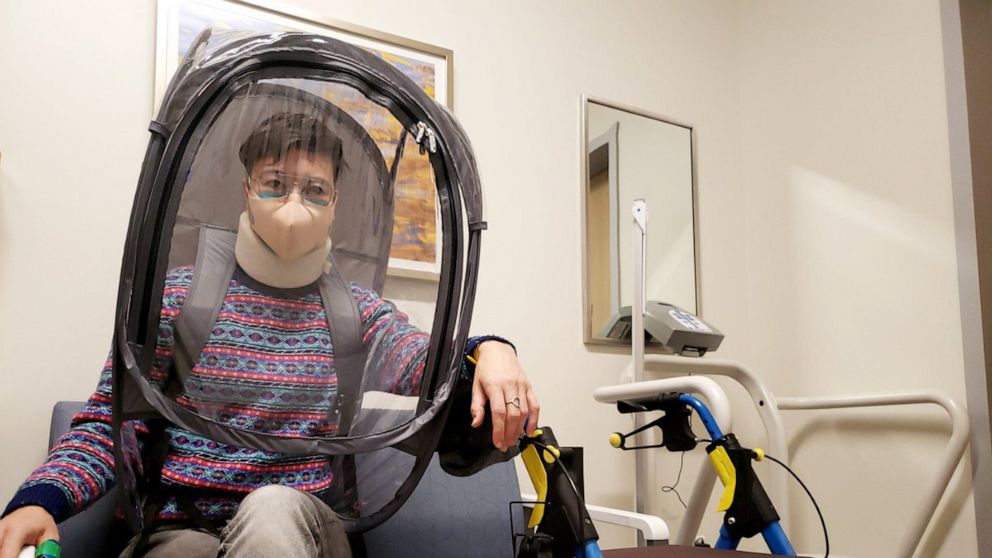2 years into COVID-19, some remain in complete isolation
For millions, the COVID-19 pandemic has meant working from home, seeing friends and family less and other changes to life as they knew it.
In many cases, it also meant dealing with the virus either themselves or with a loved one.
Restrictions came and went and widespread vaccination and boosters brought the promise of a return to normalcy, especially as the omicron wave subsided.
But for some, the pandemic has meant one thing -- isolation with no end in sight.
Sara Anne Willette, an Iowa resident who has common variable immunodeficiency, said she has spent more than 750 days in lockdown since the pandemic began.
For her, staying inside is a life-or-death decision. Her common variable immunodeficiency means she has low levels of protective antibodies and is constantly at an increased risk of falling seriously sick.
"If there's anyone in the country who's suffered the most from lockdown, it's us because nobody else will do what's necessary so that we don't have to live in lockdown," Willette said.

Before COVID-19, Willette had long been taking the health precautions that were implemented nationwide during the pandemic: She wore masks, avoided busy shopping times and only went out of the house for special occasions.
She fell ill often and easily, whether it was from a day in the office as a data analyst or a big family gathering. So when the pandemic began, she knew she, her husband and her son would have to isolate entirely.
As safety precautions are being abandoned across the country two years later, her husband has been told to go back to work in person. She says their livelihoods -- literally and professionally -- are now at stake.
The Centers for Disease Control and Prevention relaxed their guidelines for indoor masking in February, with about 90% of Americans no longer advised to wear face coverings inside. The CDC now bases mask recommendations on local levels of COVID-19 cases.
Simultaneously, most states have dropped COVID-related restrictions in recent months. Hawaii became the final state to uphold an indoor mask mandate and many places have dropped mask recommendations for all but the youngest students.

For those who've been stuck inside for two years, the change in restrictions has left them wondering: when will their isolation end?
"I'm happy to protect myself, but then the ability to protect ourselves gets taken away," she said, referring to the CDC's easing recommendations and a nationwide shift toward "normalcy."
Tinu Abayomi-Paul, 49, who is immunocompromised due to previous episodes of cancer, said her two-year lockdown was no match for the change in COVID-19 policies. When Texas state-sponsored homeschooling expired, her son went back to a school with no COVID-19 restrictions, she said.
"Seven-hundred fifty-seven days in isolation, I don't care. I'll do it for the rest of my life if that's what's necessary. But don't expect me to choose between poverty that leads to death or infection that leads to death," said Willette. "My only direction is 'dead.'"
"It's like the first day they came back, I got sick," Abayomi-Paul said. "I got way sicker than I've been in decades."
Her son brought back COVID-19 in February and she now has pneumonia months later. The infection also triggered her chronic lymphocytic leukemia, or CLL, a type of cancer affecting her white blood cells, which help fight infection, she said, so she's now re-treating her cancer.
"People will go to marathons and wear ribbons for people with cancer, but a mask is too much to ask. It's ridiculous," Abayomi-Paul said.

Charis Hill, 35, who has a systemic inflammatory disease and take immunosuppressive medications, has said they have also been isolating for the past two years from their home in California.
They had to decide whether or not to get a surgery done and if the hospital would be taking the necessary precautions to make them feel safe.
"I had a really upsetting experience with a medical provider who refused to wear her surgical mask correctly," they said. They had the surgery done, but not without concern.
"From that point up to the day of surgery, I was not focused on surgery at all but more focused on fighting for my rights as a disabled person of having a safe health environment."
Fears about the coronavirus continue to ripple among cautious Americans. According to a report by health research organization KFF, even with most local and state restrictions lifted, 59% of people surveyed reported limiting their behaviors, with 42% doing some but not all their pre-pandemic activities.
Seventeen percent said they do very few of their normal activities.
However, 27% say they have essentially returned to life as it was before the COVID-19 pandemic and 14% of respondents have not changed their behavior.

Those who spoke with ABC News urged leaders to continue to recommend or require precautions in public.
For them, a return to normal isn't possible until COVID-19 subsides and the outside world proves safe for even the most vulnerable.
"We do not do anything. And it's devastating," said Dawn Gibson, a Michigan woman with the inflammatory disease, ankylosing spondylitis, a condition where the bones in the spine can fuse over time. She said she's missed work conferences, baby showers, other important life events -- all to stay alive and healthy.
"I feel like I live in a parallel universe. And life and culture and society and just everything about being alive is in the other one. I have never felt more forgotten in my life," she said.




